#pampas fox
Text
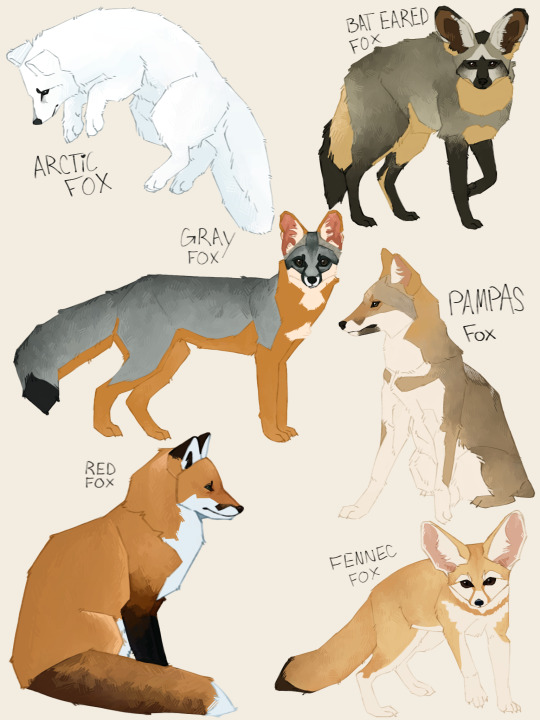


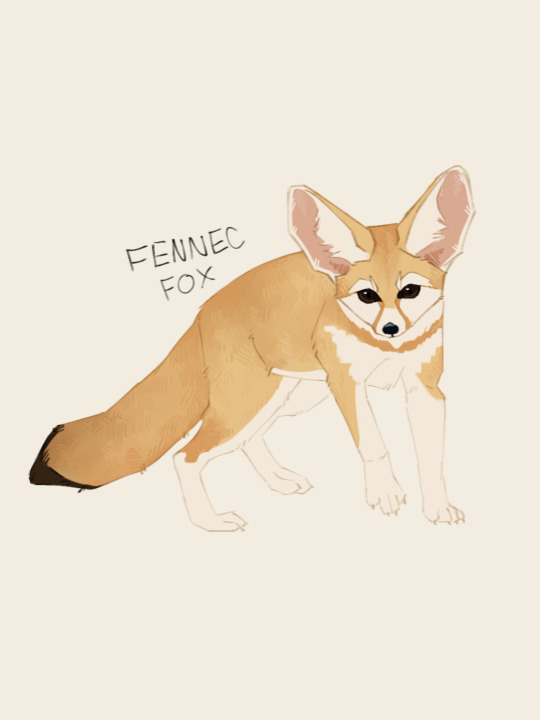

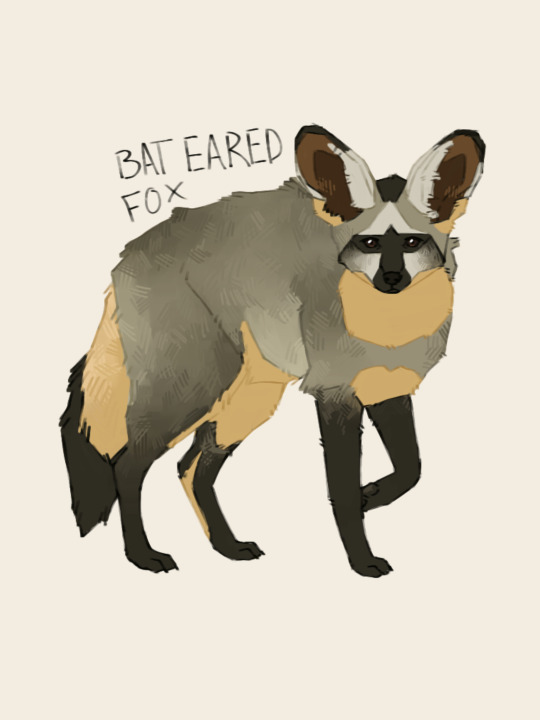
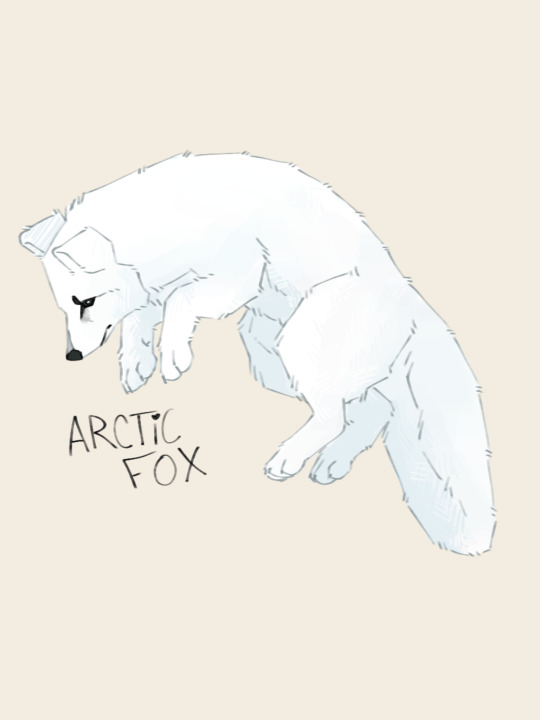
Drew some foxes 🦊
#art#artwork#furry#furry art#furry artist#artists#artists on tumblr#fox#foxes#red fox#bat eared fox#grey fox#fennec fox#pampas fox#arctic fox
683 notes
·
View notes
Text



Part two of my animal headshot series, bridging the gap between foxes and dogs by exploring Lycalopex and some of the smaller genera— Chrysocyon, Atelocynus, Cerdocyon, Speothos, Otocyon, and Nyctereutes!
#grey fox#island fox#crab-eating fox#bat-eared fox#culpeo#zorro chilote#pampas fox#sechuran fox#hoary fox#maned wolf#bush dog#short eared dog#chilla#tanuki#common raccoon dog#fox#canine#vex art#headshot project
49 notes
·
View notes
Text

Pampas fox
By: W. S. Berridge
From: The Book of the Animal Kingdom
1910
#captivity#pampas fox#fox#canine#carnivore#mammal#1910#1910s#W. S. Berridge#The Book of the Animal Kingdom (1910)
21 notes
·
View notes
Text
Lycalopex gymnocercus
Pampas foxes are a medium sized fox species, weighing from 8.8 - 13.2 pounds (4 - 6 Kgs). They have a unique ability to play dead when threatened.

Because they aren’t in the vulpes genus, Pampas foxes aren’t actually foxes. Like the hoary fox, Sechuran fox, and three other fox species in their lycalopex genus, they are more closely related to jackals and coyotes than they are to true foxes.
These foxes are named after the Pampas, which are large, fertile grasslands in South America. These grasslands cover 460,000 square miles (1,200,000 sq km) in Argentina, Uruguay, and a very small part of southern Brazil. The Pampas fox lives all throughout this region as well as other grassland regions in central South America.

Like most fox species, Pampas foxes are omnivores. This means they eat both animals and plants, although they prefer eating meat. They’ll eat birds, rodents, armadillos, hares, invertebrates, and other small animals along with fruit, carrion, and eggs. And if they live around people, they also enjoy eating garbage.
Pampas foxes are very solitary, but they can be found in pairs during the breeding season and when they have kits. Both parents care for the litters which consist of up to eight kits. These kits are raised in dens which are often dug by other animals like armadillos.
I rate the Pampas fox 18/10. These dramatic dogs earn a very high rating from their habit of pretending to die instead of running from a threat.


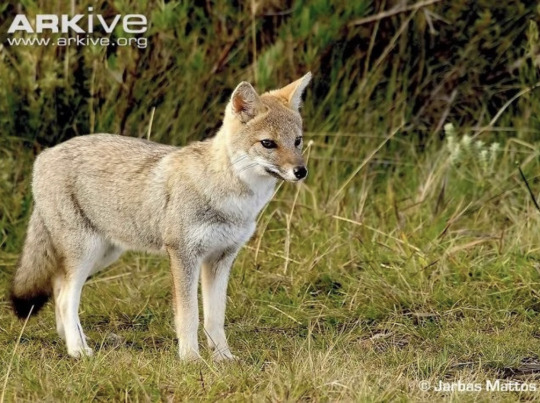
Photo Credits:
(1) Pablo Fraire (2) Agustinzar, Creative Commons (3) Wolf Education and Research Center (4) Unknown (5) Jarbas Mattos
#pampas fox#South American fox#zorro#animals#biology#nature#science#wildlife#zoology#animal#dog#dogs#wild#foxblr
55 notes
·
View notes
Text
Lycalopex gymnocercus
Pampas foxes are a medium sized fox species, weighing from 8.8 - 13.2 pounds (4 - 6 Kgs). They have a unique ability to play dead when threatened.

Because they aren’t in the vulpes genus, Pampas foxes aren’t actually foxes. Like the hoary fox, Sechuran fox, and three other fox species in their lycalopex genus, they are more closely related to jackals and coyotes than they are to true foxes.
These foxes are named after the Pampas, which are large, fertile grasslands in South America. These grasslands cover 460,000 square miles (1,200,000 sq km) in Argentina, Uruguay, and a very small part of southern Brazil. The Pampas fox lives all throughout this region as well as other grassland regions in central South America.

Like most fox species, Pampas foxes are omnivores. This means they eat both animals and plants, although they prefer eating meat. They’ll eat birds, rodents, armadillos, hares, invertebrates, and other small animals along with fruit, carrion, and eggs. And if they live around people, they also enjoy eating garbage.
Pampas foxes are very solitary, but they can be found in pairs during the breeding season and when they have kits. Both parents care for the litters which consist of up to eight kits. These kits are raised in dens which are often dug by other animals like armadillos.
I rate the Pampas fox 18/10. These dramatic dogs earn a very high rating from their habit of pretending to die instead of running from a threat.

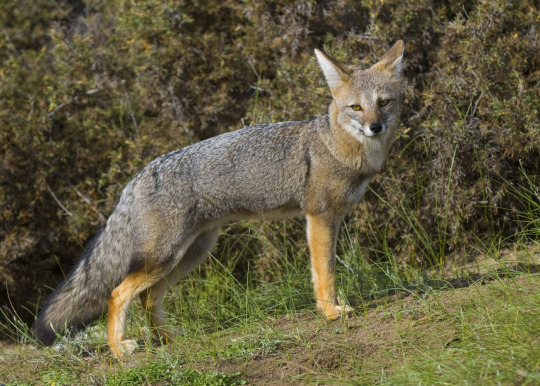

Photo Credits:
(1) Pablo Fraire (2) Agustinzar, Creative Commons (3) Wolf Education and Research Center (4) Unknown (5) Jarbas Mattos
#pampas fox#fox#animal#animals#nature#zoology#biology#science#dog#canine#dogs#foxes#canines#wildlife#wild#pampas#south america
42 notes
·
View notes
Text
Species: South American Canids (Speothos, Chrysocyon, Lycalopex, Cerdocyon, Atelocynus)
This series focuses on helping people choose interesting species for their fursona through informing them of the many, often overlooked, species out there! This post is about South American canids, including false foxes.
──── ◉ ────
Bush Dog (Speothos venaticus)

The bush dog has 3 subspecies:
South American Bush Dog (Speothos venaticus venaticus)
Panamian Bush Dog (Speothos venaticus panamensis)
Southern Bush Dog (Speothos venaticus wingei)
It is oddly hard to find pics of the different subspecies, sorry
Size: 20-30cm (8-12in) height (at shoulder), 57-75cm (22-30in) lenght, 12-15cm (5-6in) tail lenght, 5-8kg (11-18lbs) weight
Diet: carnivorous, preys on large rodents
Habitat: lowland forests, wet savannahs, open pastures
Range:
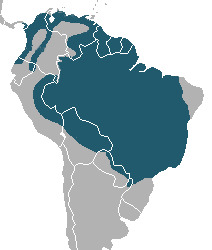
Status: near threatened
──── ◉ ────
Maned Wolf (Chrysocyon brachyurus)

Size: 90cm (35in) height (at shoulder), 100cm (39in) lenght, 45cm (18in) tail lenght, 23kg (51lbs) weight
Diet: omnivorous, preys on small/medium mammals, birds, fish; eats fruit, tubers, sugarcane, other plants
Habitat: savannahs
Range:

Status: near threatened
──── ◉ ────
Hoary Fox (Lycalopex vetulus)

Size: 58-72cm (23-28in) lenght, 25-36cm (9-14in) tail lenght, 3-4kg (6-8lbs) weight
Diet: omnivorous, preys on invertebrates, rodents, birds; eats fruit
Habitat: woodlands, bushlands, savannahs
Range:

Status: near threatened
──── ◉ ────
Sechuran Fox (Lycalopex sechurae)

Size: 50-78cm (20-31in) lenght, 27-34cm (11-13in) tail lenght, 2.6-4.2kg (5.7-9.3lbs) weight
Diet: omnivorous, varied. Preys on invertebrates, rodents; eats carrion, fruit, seed pods
Habitat: deserts, dry forests, beaches
Range:
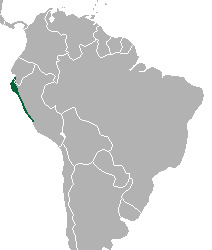
Status: near threatened
──── ◉ ────
Darwin's Fox (Lycalopex fulvipes)
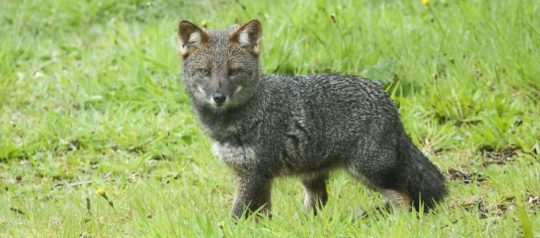
Size: 48-59cm (19-23in) lenght, 17-25cm (7-10in) tail lenght, 1.8-3.9kg (4-8.7lbs) weight
Diet: omnivorous, preys on invertebrates, small mammals, reptiles; eats fruit
Habitat: southern temperate rainforests
Range:

Status: endangered
──── ◉ ────
Pampas Fox (Lycalopex gymnocercus)

Size: 51-80cm (20-31in) lenght, 2.4-8kg (5.3-17.6lbs) weight
Diet: omnivorous, preys on birds, small mammals, invertebrates; eats carrion, fruit
Habitat: montane forests, dry scrublands, wetlands
Range:

Status: least concern
Please note! The pampas fox has 3 subspecies!
──── ◉ ────
South American Grey Fox (Lycalopex griseus)

Size: 65-110cm (26-43in) lenght including 20-43cm (8-17in) tail lenght, 2.5-5.4kg (5.5-12lbs) weight
Diet: omnivorous, preys on small mammals, birds, reptiles, invertebrates; eats carrion, fruit
Habitat: varied; scrublands, steppes, forests
Range:

Status: least concern
──── ◉ ────
Culpeo (Lycalopex culpaeus)

Size: 95-132cm (37-52in) lenght including 32-44cm (13-17in) tail lenght, 5-13.5kg (11-30lbs) weight
Diet: carnivorous, preys on lagomorphs, small mammals
Habitat: varied; temperate rainforests, forests, scrublands, deserts
Range:

Status: least concern
Please note! The culpeo has 5 subspecies!
──── ◉ ────
Crab-Eating Fox (Cerdocyon thous)
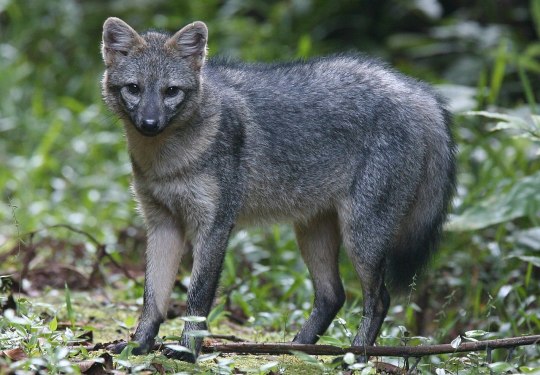
Size: 64cm (25in) lenght, 28cm (11in) tail lenght, 4.5-7.7kg (10-17lbs) weight
Diet: omnivorous, preys on crabs, small mammals, birds, crustaceans, invertebrates, reptiles; eats carrion, fruit
Habitat: savannahs, woodlands, subtropical forests, shrublands
Range:

Status: least concern
Please note! The crab-eating fox has 5 subspecies!
──── ◉ ────
Short-Eared Dog (Atelocynus microtis)

Size: 72-100cm (28-39in) lenght, 9-10kg (19-22lbs) weight
Diet: mostly carnivorous, preys on fish, invertebrates, small mammals, birds; eats fruit
Habitat: rainforests, lowland forests, swamp forests, cloud forests
Range:
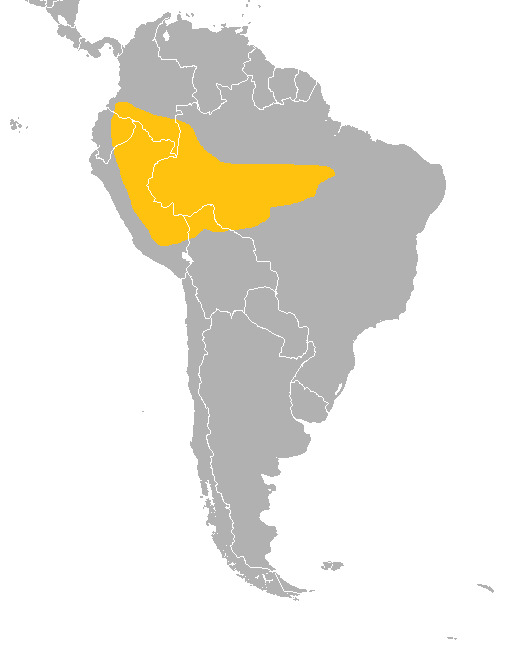
Status: near threatened
Please note! The short-eared dog has 2 subspecies!
──── ◉ ────
#fursona resources#furry#fursona#species#canidae#canine#speothos#chrysocyon#lycalopex#cerdocyon#atelocynus#bush dog#maned wolf#fox#foxes#false foxes#hoary fox#sechuran fox#darwin's fox#pampas fox#south american grey fox#culpeo#crab-eating fox#short-eared dog
7 notes
·
View notes
Text

Azara's Fox (Canis azarae) | Joseph Wolf | Zoological sketches v.1 (1861) | Biodiversity Heritage Library | Flickr | Public domain
1 note
·
View note
Text
Curious Canine in Brazil Turns Out to Be a First-of-Its-Kind Hybrid : ScienceAlert
New hybrid in Brazil.
0 notes
Text
Shelter Rescues Injured Animal—Turns Out To Be World's First Dog-Fox Hybrid
I always thought dogs and foxes couldn't interbreed.
0 notes
Text
the 10 living species of foxes that aren't true foxes (in the genus vulpes) but are more closely related to wolves and jackals but we still call them foxes i love you

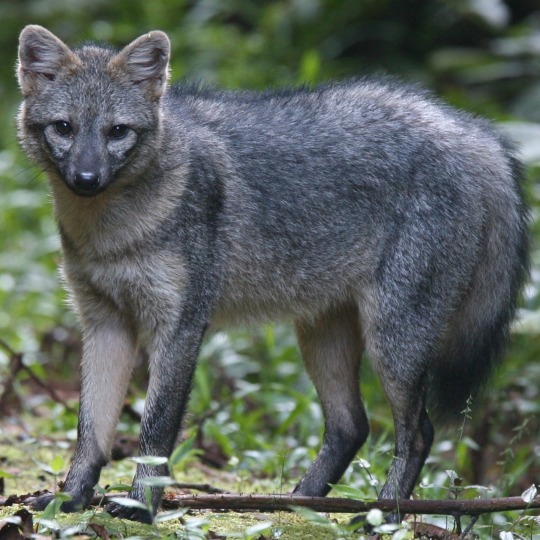







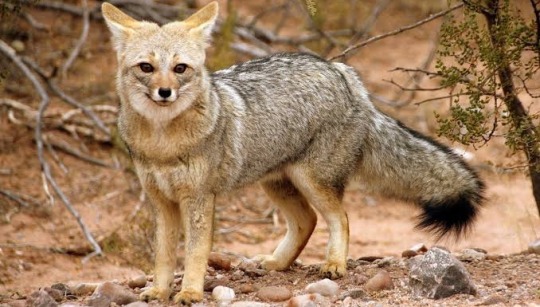
#☆#🐯#bat-eared fox (otocyon megalotis)#crab-eating fox (cerdocyon thous)#hoary fox (lycalopex vetulus)#sechuran fox (lycalopex sechurae)#pantagonian fox (lycalopex griseus)#darwin's fox (lycalopex fulvipes)#culpeo (lycalopex culpaeus)#grey fox (urocyon cinereoargenteus)#island fox (urocyon littoralis)#pampas fox (lycalopex gymnocercus)#canid
14 notes
·
View notes
Text

The New Natural History. Written by Richard Lydekker. 1901.
120 notes
·
View notes
Photo

forgot I had this for a good while now, so I touched it up a little bit to post
a fun piece of a character of mine(socket) and a friend’s(velour) doing a little bit of extreme gear running.
#sonic oc#sth#sonic#sonic fan character#sonic fancharacter#sonic fc#my oc#my goober#friend's oc#friend's goober#socket the pampas fox#velour the pallas cat#sonic original character#sonic ocs
28 notes
·
View notes
Text

Pampas fox
By: W. S. Berridge
From: A History of Land Mammals in the Western Hemisphere
1913
#captivity#pampas fox#fox#canine#carnivore#mammal#1913#1910s#W. S. Berridge#A History of Land Mammals in the Western Hemisphere
46 notes
·
View notes
Note
Have you heard about the Dog x Fox hybrid they found in Brazil?
it's actually a really interesting case of hybridization!
the animal in question has been genetically tested and confirmed to be a hybrid between a dog and a pampas fox, but the caveat there is that pampas foxes are actually in a new-world genus called Lycalopex, sometimes known as the False Foxes!
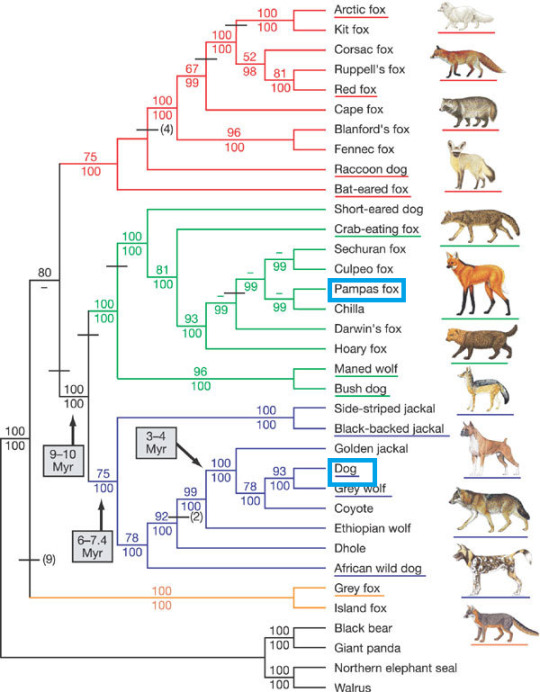
these animals are actually quite a bit closer to dogs than true foxes (everything in the genus Vulpes) are, genetically speaking, so it's not too hard to imagine that it COULD happen, but it's still pretty bonkers that it did!
here's the miscreant in question.
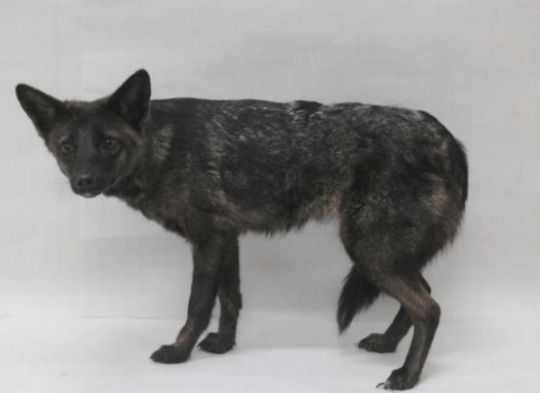
9K notes
·
View notes
Text


Meet Dogxim, the world's first (discovered) dog-fox hybrid. Her mother is a pampas fox - a false fox - and her father is a domestic dog. Pampas foxes are more closely related to wolves and coyotes than to true foxes.
Pampas foxes typically have 74 chromosomes, while domestic dogs have 78. During reproduction, offspring inherit half of their chromosomes from each parent. For dogs, this means they contribute 39 chromosomes to their offspring, whereas pampas foxes contribute 37. (via)
3K notes
·
View notes
Text
funny ways to say “in the middle of nowhere”
Collected funny ones under this post + contributions to this one (my selection). Most involve ass(holes), have god/the devil, (nonsense) names of villages…
🇩🇪German: in the ass of the world/ the pasture- am Arsch der Welt/der Weide; where Fox and Hare bid each other good night - Wo sich Fuchs und Hase Gute Nacht sagen (old-fashioned), where the dead dog lays - Da liegt der tote Hund, in Buxtehude/ (Kuh)kaff, in der Pampa, in Timbuktu
🇮🇹Italian: in assland - in culonia/culandia, in the wolves’ ass - in culo ai lupi, in the ass of the word - in culo al mondo; 🇫🇷 French in the asshole of the world - dans le trou du cul du monde
🇨🇿Czech: Where foxes bid good night to one another - Kde si lišky dávají dobrou noc
🇩🇰Danish: where the crows turn around - Hvor kragerne vender on Lars diarrheas field/on the field of Lars Shitpants - På lars tyndskids mark
🇳🇴Norwegian: far damn from violence - langt pokker i vold, “huttaheiti” (gibberish)
🇸🇪Swedish: out (there) in the spinach - ute i spenaten,“tjotaheiti” (see above, maybe originally from Tahiti)
🇪🇸in Spain: in the fifth hell/pine tree - En el quinto infierno/pino, where Christ lost the sandal/hat/lighter - Donde Cristo perdió la alpargata/gorra/mechero;
🇲🇽 Mexico: Where the devil farts - Donde el diablo se echa un pedo, and sometimes someone answers: “Y nadie lo escucha” And no one hears
🇹🇼in Taiwan: where birds don't lay eggs and dogs don't shit - 鳥不生蛋狗不拉屎的地方
🇵🇱Polish - where crows turn around - Gdzie wrony zawracają, where dogs bark from their ass - gdzie psy dupami szczekają 🐶; Where the devil says goodnight - Gdzie diabeł mówi dobranoc, where (black) pepper grows - gdzie pieprz rośnie, (mostly in the context of running as far away as possible or chasing someone away)
🇦🇺Australia: woop woop or "in the middle of woop woop' 🇳🇿 NZ: wop wops
🇻🇳Vietnamese: holy forests, poisonous waters - rừng thiêng nước độc / where mountain passes are windy/cloudy and winds swirl in vortexes - đèo heo hút gió or đèo mây hút gió (rarely used)
🇨🇦🇫🇷 Québéc: Saint clin clin des meuhs meuhs (actual village name…)
🇸🇦 Arabic (Saudi dialect): in the castle of wadren في مقلاع وادرين (an old castle in the middle of desert)
🇮🇱 in Israel: Israel: at the end of the world, take a turn left - סוף העולם שמאלה
🇫🇮Finnish: behind God’s back - jumalan selän takana, in the devil’s ass - helvetin perseessä;
🇬🇷 Greek: at the devil’s horn - Στου διαόλου το κέρατο;
🇧🇬 Bulgarian: on the ass of geography - На гъза на географията
🇮🇸 Icelandic Out in an asshole - úti í rassgati;
🇧🇷 in Brazil: in cock’s house - na casa do caralho;
🇦🇷 in Argentina: in the pussy of the parrot- en la concha de la lora 🦜;
🇪🇪 Estonian: in the bear's ass - karuperses 🐻
🇺🇸 USA: bumfuck Egypt
🇧🇪 in Belgium (Dutch): in a farmer’s asscrack - in een boerengat
🇺🇦 Ukrainian: in the devil's swamps в чорта на кулічках, where the crow won't carry bones куди ворон кісток не заносить
#langblr#language blog#idioms#funny idioms#foreign languages#language facts#my selection#my fav is the german one <33333#polyglot#have had this in the drafts for more than a year i guess#mine#my lists
3K notes
·
View notes